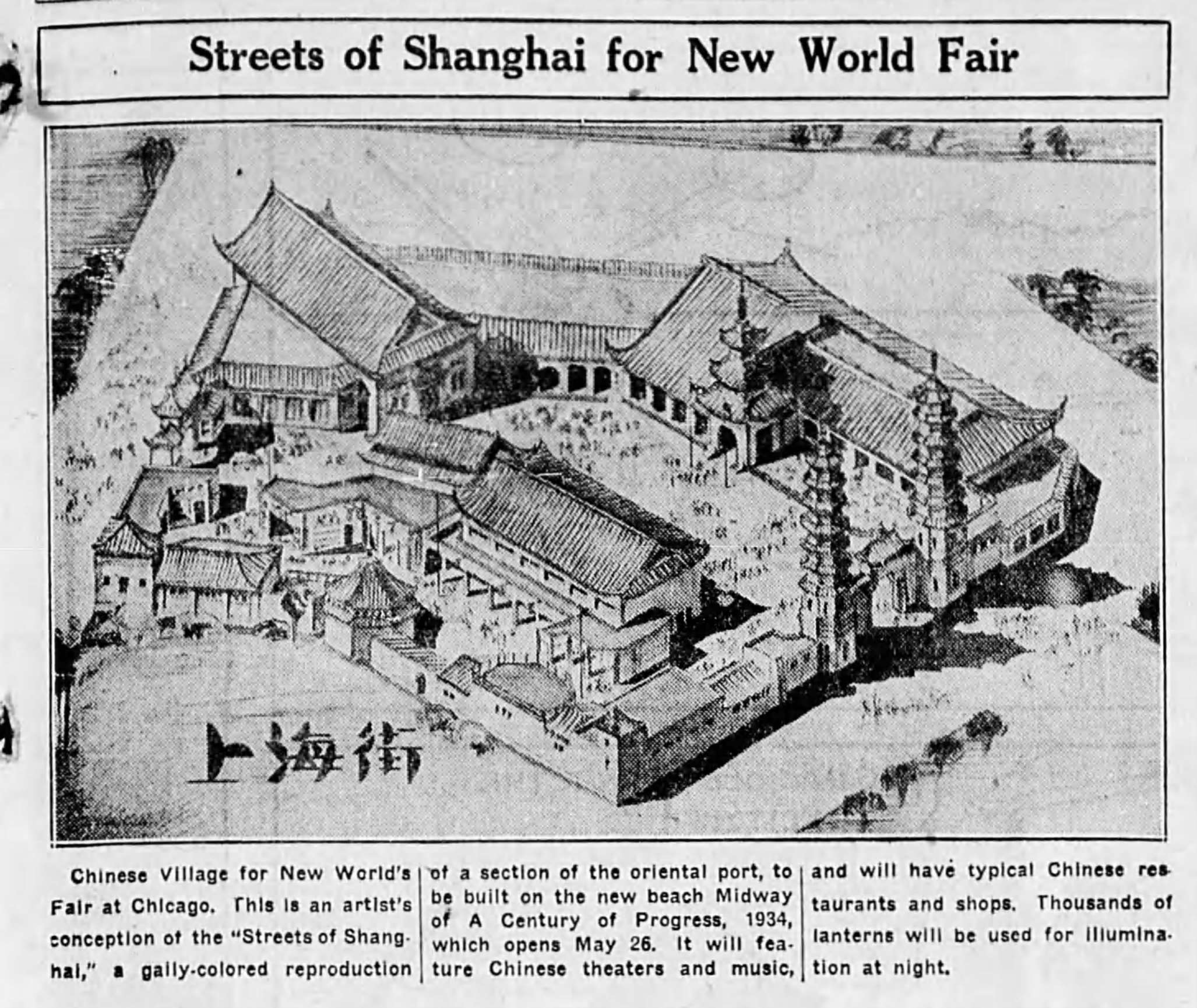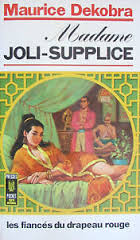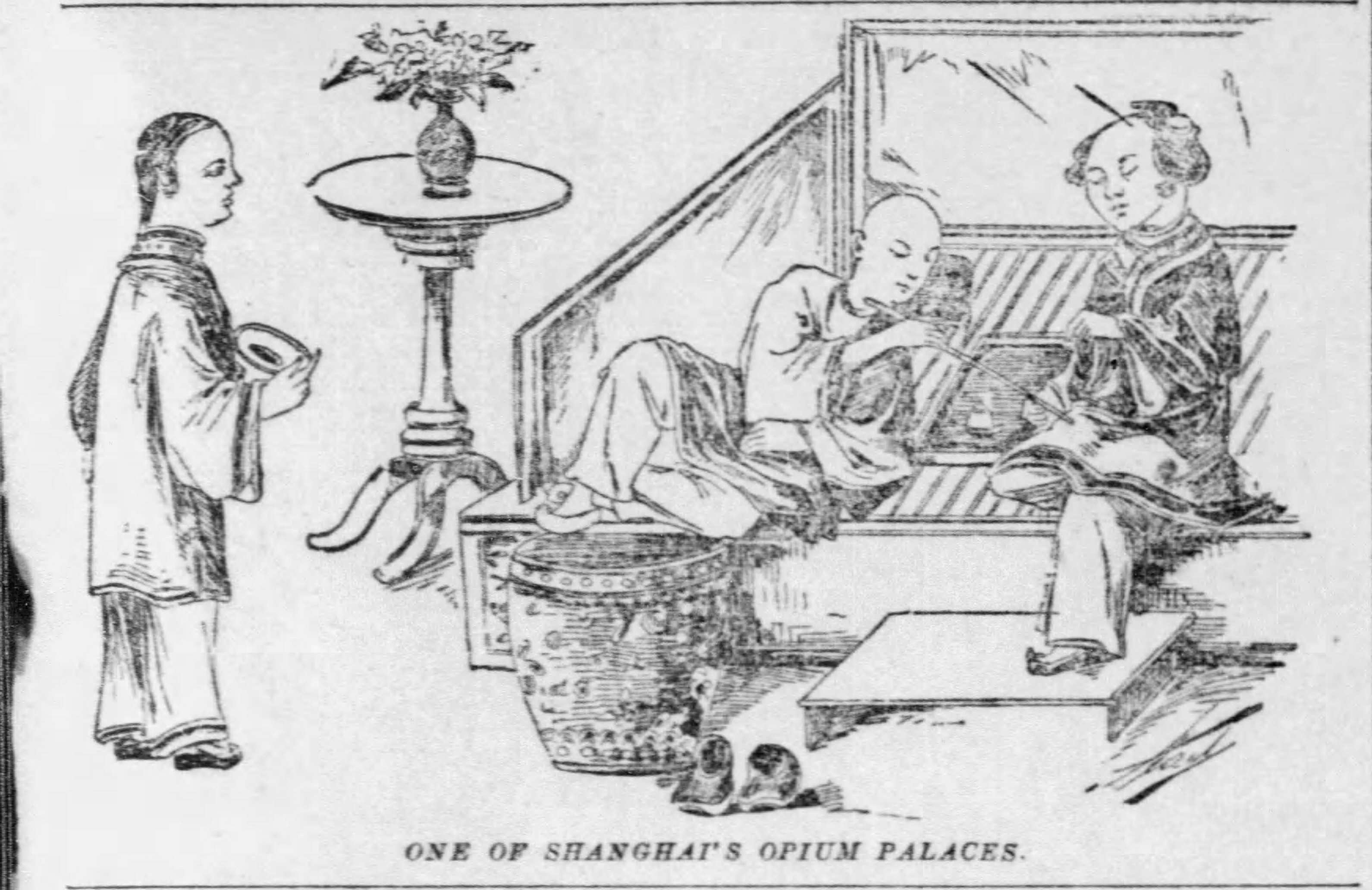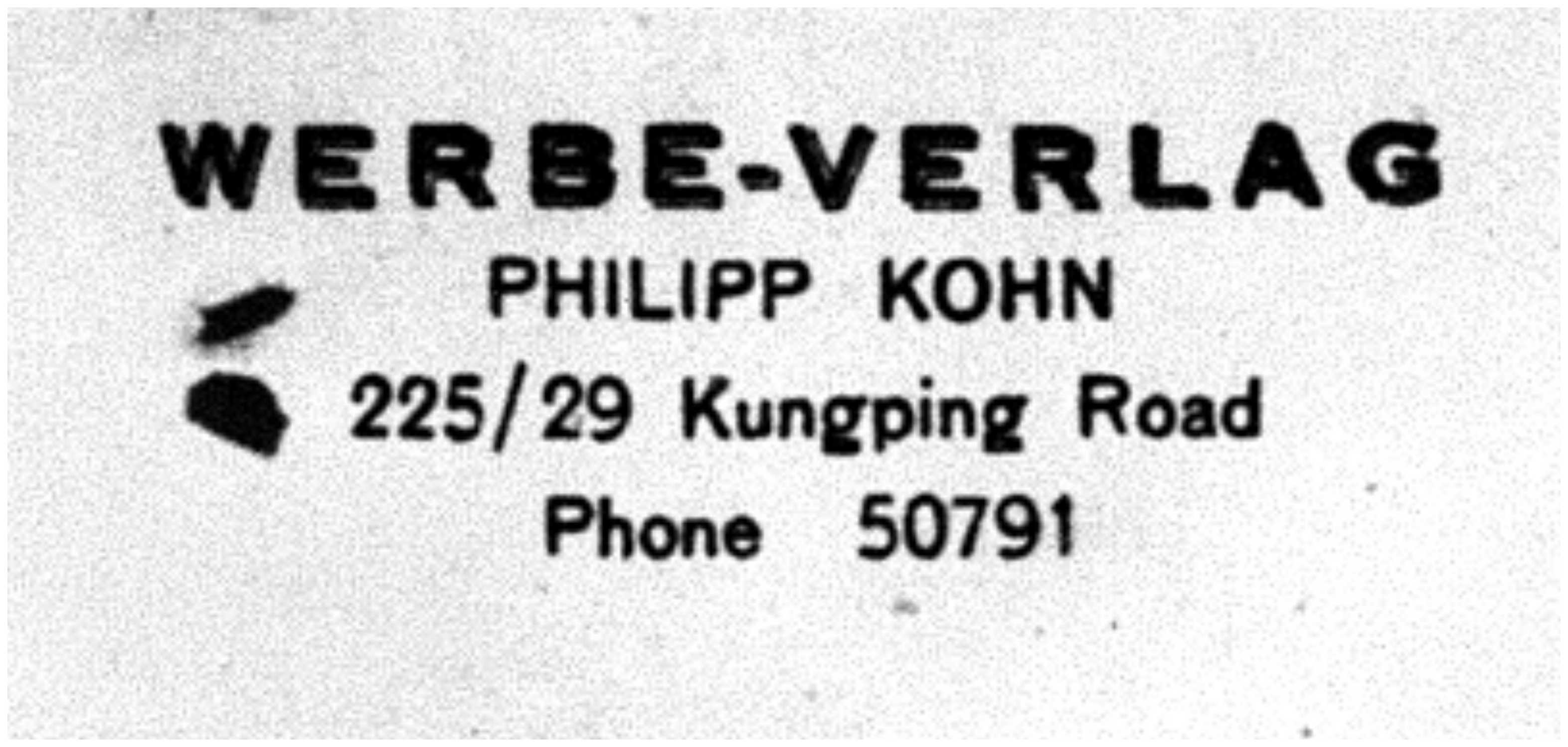Streets of Shanghai at the 1934 Chicago World’s Fair
Posted: March 25th, 2016 | 1 Comment »It didn’t turn out quite like this in the end but here are the plans for the Chinese Village to be erected at the New World’s Fair in Chicago in 1934 – “A Century of Progress”. The theme was, supposedly, “Streets of Shanghai”. The pagodas got built as the entrance but it was a bit more scaled down inside eventually.
The Standard and H.M. Cumine
Posted: March 24th, 2016 | 2 Comments »The Standard was a Chinese-language daily newspaper in Shanghai based at offices on Foochow Road (Fuzhou Road). The Cumine family, who also owned the Shanghai Mercury English language newspaper at one point, as well as several successful property and architectural businesses, were very rich. Shanghai-born Henry Monsel (H.M.) Cumine was in charge of the paper – a man who also was a highly regarded architect and cartographer of Shanghai and environs and somewhat of an expert on Shanghai’s torturous land regulations – the family owned a lot of Shanghai property including a large mansion on Route de Grouchy (Yanqing Road) in Frenchtown. He was Managing Director of the China Land and Building Co., Ltd. and a partner in the local architectural practice Cumine and Milne, based at offices at 38 Kiangse Road (Jiangxi Road). He also had long had an interest in publishing.
But just how much day-to-day business of the paper was controlled by Cumine is debatable. The Japanese pressured Shanghai to close down pro-Free China newspapers and many arranged for foreign owners, straw men often, to become the titular owners of these papers to avoid the Japanese. Cumine, who I believe was of Scots ancestry, did this service for a number of newspapers to allow them to keep publishing (although he was, according to some sources, paid a rather handsome salary for rendering this service).
A Slight Addendum to a Small Mystery on Maurice DeKobra
Posted: March 23rd, 2016 | No Comments »Just a small correction – possibly of no interest to anyone but myself. In May 2014 I wondered which book Graham Greene was referring to in his 1936 novel A Gun for Sale when he refers to a book called His Chinese Concubine. I managed to identify it as an English translation of a Maurice Dekobra novel, but got the wrong one. I said it was Tu Seras Courtisane (1927), but it is in fact Madame Joli-Supplice (1935). A little obscure perhaps, but now you know…and so do I…..the covers give it away really!
A Shanghai Opium Palace, 1888
Posted: March 23rd, 2016 | No Comments »Sadly there is no artists name attached to this drawing, supposedly of a Shanghai “opium palace” – so we can’t know quite the date or provenance, or accuracy. It was printed alongside an article on opium in the St Louis Post Dispatch in March 1889. The article was by Frank G Carpenter, a writer of geography textbooks for American students and who wrote a series of books called Carpenter’s World Travels which were very popular between 1915 and 1930. This is obviously earlier and Carpenter, in the article, claims he visited Shanghai (and an opium palace) in December 1888.
Carpenter wrote several textbooks on China and actually died in Nanking in 1924 while on a round the world trip – he was 69.
Werbe-Verlag and Philipp Kohn – Getting Jewish News Circulated in Wartime Shanghai
Posted: March 22nd, 2016 | No Comments »Werbe-Verlag was, I believe, A Jewish advertising and newspaper/magazine.journal distribution company, based in Shanghai. Run by Philipp Kohn it specialised in local Jewish refugee publications (Jüdisches Gemeindeblatt etc), and other publications of interest to that community, in the late 1930s and 1940s. Kohn’s offices were on Kungping Road, now Lingping Road, in Hongkew/Tilanqiao, close to the Jewish Ghetto. Kohn, originally from Germany I think, certainly operated the company between 1939 and 1946 and often stepped in to edit and contribute to various publications as well as distribute them and solicit advertising to help fund them. After the war Kohn was verbally outspoken against certain members of the community he considered corrupt and who had assumed leadership roles during the Japanese occupation of the city.
Pavlova in Shanghai
Posted: March 21st, 2016 | No Comments »A quick follow up to my post on Tamara Toumanova – as several people asked – who did she see dance in Shanghai when as a young girl she saw her first ballet and became inspired to become a ballerina? The answer is Pavlova and Tamara was only 4 or 5 years old – she must have made quite an impression.
Pavlova, already internationally famous, toured the Far East in 1922-23. She took a company comprising 25 dancers and four musicians as well as a backstage crew. They visited a number of locations across Asia including Java in the Dutch East Indies, Japan, India and Egypt, as well as Shanghai. Pavlova returned to her adopted home of England in July 1923. Tamara, a toddler really, must have seen her dance The Dying Swan – as well as performances at the Town Hall, she danced privately for young foreign schoolchildren, paid for by Florence Ayscough (see Lindsay Shen’s Knowledge is Pleasure).
the old Shanghai Town Hall on Nanking Road – long gone of course
A Love of Dance that Began in Shanghai – Ballerina Tamara Toumanova
Posted: March 21st, 2016 | No Comments »I saw these photos the other day of Danny Kaye dancing with ballerina Tamara Toumanova in 1945 (photos by Peter Stackpole) which reminded me that Tamara’s love of ballet began in Shanghai.
As a child the future ballerina and inspiration to the choreographer George Balanchine (when she was one of the famous “Baby Ballerina’sâ€), Tamara Toumanova, was a White Russian refugee child who saw her first ballet in Shanghai in the 1920s, though didn’t formerly study ballet until her family had moved on from China to Paris. Toumanova’s family had fled the Bolshevik Revolution to Shanghai, where they stayed for a year before moving to a refugee camp for White Russians in Cairo and then to Paris.













